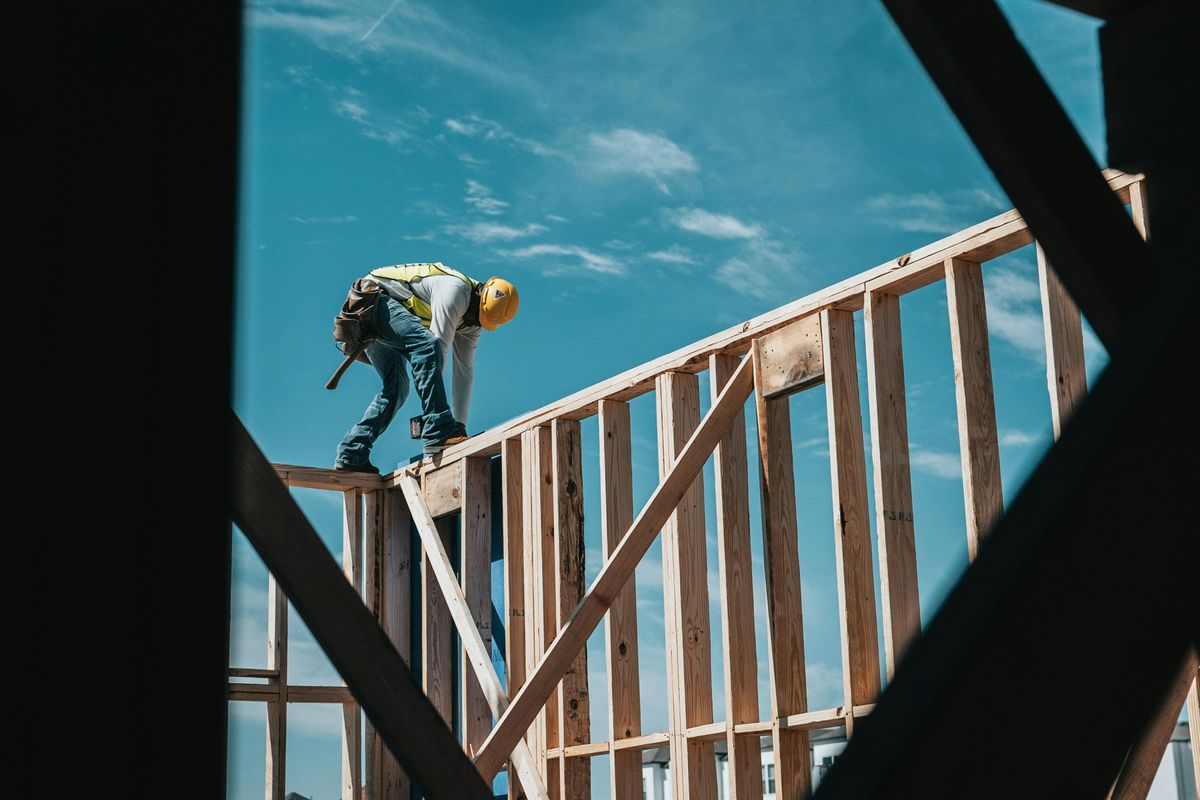Buckle up, borrowers: interest rates are set for their largest one-time surge since 1979, as the Bank of Canada prepares to hike its trend-setting Overnight Lending Rate by 0.75% on Wednesday.
That the central lender must make such an aggressive move reflects how dramatically conditions have evolved in both the Canadian and global economies following the pandemic; it’s a harsh new reality for mortgage borrowers -- especially first-timer homebuyers, renewers, and refinancers -- who’ve become accustomed to the record low interest rates and deep lender discounts that have pervaded over the last decade.
That’s because as the impact of pandemic lockdowns recede, it’s left an unprecedented mix of economic challenges; soaring inflation, the likes of which not seen since the '80s, combined with a labour market operating at tight capacity, are forcing monetary policymakers’ hands around the globe, resulting in some of the steepest rate hiking cycles in recent memory.
READ: Bank of Canada “Out of Touch” on Pandemic-Era Strategy
The Bank of Canada started signalling in March that rates would rise fast and furiously; the CPI reading for February had clocked in at 5.7%, the highest gain since August 1991, and officially minting a trend with two consecutive months over 5%. That pace has only grown faster since, most recently coming in at 7.7% in May, breaking a 1983 record. In response, the Bank of Canada implemented what were -- at the time -- the largest rate hikes seen in 20 years, with 0.5% increases in April and June, pulling the OLR up to 1.5%.
Expectations for even larger hikes started to form following the June announcement, when the Bank hinted that it may need to act more “forcibly” with rates to get inflation under control.
“We may need to take more interest rate steps to get inflation back to target. Or we may need to move more quickly, we may need to take a larger step,” stated BoC Governor Tiff Macklem in a news conference the following week.
The chance of a 0.75% increase, though, was really sealed on June 22, when the U.S. Federal Reserve opted to make its own three-quarter increase, its largest since 1994. As the two central banks tend to move in lockstep with their monetary policy, the Bank of Canada will need to make a similar move to protect Canada’s currency.
A Return to Recession-Era Rates
What’s really noteworthy about this week’s hike -- besides its size -- is that it will officially bring the Canadian cost of borrowing back to 2008 levels, as the OLR is set to hit 2.25%.
This was last seen in October 2008 -- but a key difference between now and then, is that the bank was in rate cutting mode at that time, bringing the OLR down from a high of 4.5% in July 2007.
Assuming the BoC hikes by at least 0.25% each in its next three announcements, the OLR will hit 3%, the upper range of neutral the Bank needs to hit to reign in inflation. It will also bring the cost of borrowing on par with April 2008 levels.
The Impact on Borrowers
When the OLR rises, so too does the Prime rate, the benchmark used by consumer lenders when setting their own cost of borrowing. A 0.75% hike will push Prime up to 4.45% this week, and it will go as high as 5.2% in 2022 should the above rate hike scenario unfold.
That poses significant increases for borrowers who currently have variable-rate mortgages, as well as those with lines of credit (including HELOCs).
Recent data is showing consumers already have overall reduced spending power as the result of higher interest rates; the MNP consumer debt index shows six in 10 are feeling the effects of rate increases, with nearly half (46%) cutting back on non-essential purchases such as travel, dining out, and entertainment.
Recent calculations from Lowestrates.ca find that should the BoC hike by 0.75%, a borrower with an existing variable mortgage rate of 2.7% on a home priced at $700,000 would see their rate jump to 3.45%, and their monthly mortgage payment to $3,038, an increase of $237.
HELOC holders -- who typically have a rate of prime plus 0.5% -- would see their rate increase from 4.2% today to 4.95%, with their monthly interest payment rising to $412.50 from $350.
The Impact on the Stress Test
Another noteworthy impact of a 0.75% hike is that it will render the existing mortgage stress test threshold of 5.25% null and void. Currently, borrowers must prove they could afford to carry their mortgage at this rate, or at their contract rate plus 2%, whichever is higher. As mortgage analysts have pointed out, given a 0.75% hike will push all five-year variable mortgage rates available to above 3.25%, only the latter criteria will remain in effect. According to James Laird, COO of Ratehub.ca, borrowers’ affordability decreases by about 10% for every percentage point that the stress test rises.
As per rate comparison sites, the absolute lowest five-year variable mortgage rates available today are 2.5%, with offerings from the big banks between 3.2 - 3.4%. A 0.75% hike will drive the range of choice for borrowers to between 3.25 - 4.15%. Fixed-rate options, meanwhile, are already well within the 4 - 6% range, given today’s high bond yield environment, meaning new applicants are having to prove they can qualify at a rate as high as 8%. Given bond yields tend to move higher in anticipation of tighter monetary policy, the stress test benchmark is set to soar for anyone looking to lock in in the near term.





















